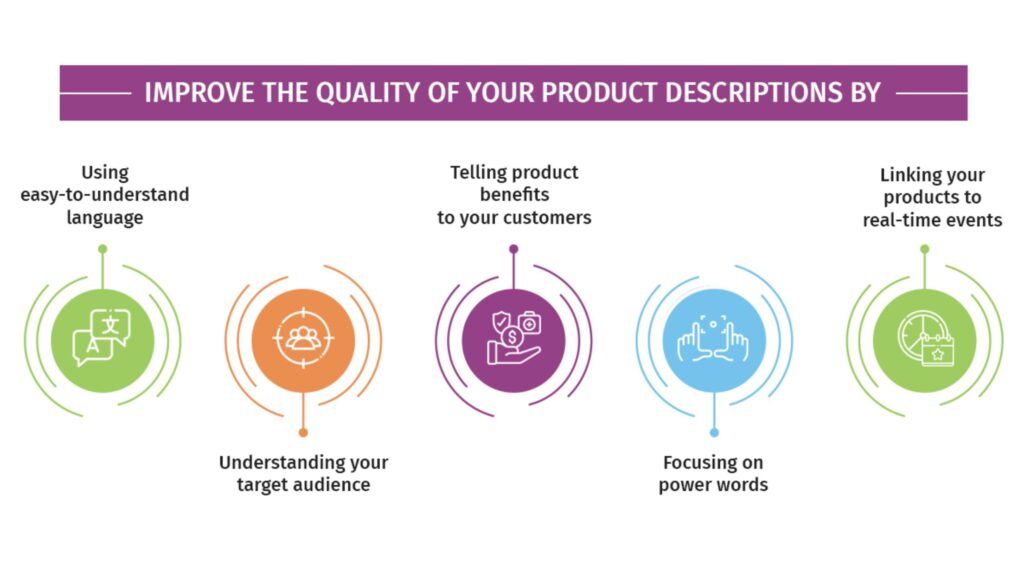Introduction

Are you struggling to turn your e-commerce website vision into a profitable reality? You’re not alone. Many entrepreneurs dive into online selling only to find themselves overwhelmed by technical challenges, fierce competition, and the ever-evolving landscape of consumer expectations. With potential customers clicking away in seconds, how can you create an engaging, user-friendly experience that keeps them coming back?
Imagine if your website could not only attract visitors but also convert them into loyal customers. The key to achieving this lies in understanding the essential features that make an e-commerce site successful. In this guide, we’ll explore the must-have components of an effective e-commerce platform, addressing common pitfalls and providing actionable tips to elevate your online store. For personalized assistance in optimizing your e-commerce website, contact us.
1. User-Friendly Navigation

A well-organized site allows customers to find products effortlessly, enhancing their shopping experience. Ensure your main navigation menu is straightforward, with clear categories and subcategories that reflect your product range. Utilize breadcrumbs to help users track their journey and make it easier to return to previous pages.
Consider implementing a search bar equipped with predictive text and filters. Data shows that 30% of users prefer to use the search function when shopping online. This feature not only saves time but also significantly improves the chances of conversions by guiding customers directly to what they’re looking for.
2. Mobile Responsiveness

With over half of all online shopping done via mobile devices, having a mobile-responsive website is no longer optional it’s essential. A responsive design ensures your site adapts to any screen size, providing an optimal viewing experience across devices. Slow-loading pages or misaligned layouts can lead to high bounce rates and lost sales.
Additionally, consider mobile-specific features such as one-click payments and simplified navigation. By streamlining the purchasing process for mobile users, you can significantly enhance their shopping experience, leading to increased sales and customer satisfaction.
3. High-Quality Product Images and Descriptions

Visuals play a pivotal role in online shopping. High-quality images that showcase your products from multiple angles can make a significant difference in consumer confidence. Invest in professional photography or use high-resolution images to ensure that your products stand out.
Equally important are your product descriptions. They should be detailed, informative, and tailored to address potential questions or concerns. Incorporate storytelling elements to connect with customers on an emotional level. Remember, consumers can’t physically touch or try your products, so the right imagery and descriptions can bridge that gap.
4. Secure Payment Options

Trust is paramount in e-commerce website. Customers need to feel confident that their financial information is secure when shopping online. Offering multiple payment options, including credit cards, PayPal, and newer options like Apple Pay or cryptocurrency, can cater to a broader audience.
Additionally, prominently display security badges and SSL certificates to reassure customers of your commitment to their safety. According to research, over 60% of consumers abandon their carts due to security concerns, so addressing this issue upfront can significantly reduce abandonment rates.
5. Customer Reviews and Testimonials

Social proof can be a game-changer for your e-commerce business. Including customer reviews and testimonials on your product pages not only builds credibility but also helps potential buyers make informed decisions. Encourage satisfied customers to leave reviews by sending follow-up emails after purchases or offering incentives for feedback.
Moreover, consider integrating user-generated content, such as photos of customers using your products. This can create a sense of community and authenticity, further convincing new customers to make a purchase.
6. Effective Call-to-Action (CTA)

Your e-commerce website’s CTAs guide customers through their shopping journey. Well-placed, compelling CTAs can drive conversions by encouraging users to take the next step, whether it’s adding an item to their cart or signing up for a newsletter. Use action-oriented language and design CTAs that stand out on the page.
A/B testing different CTA placements, colors, and wording can yield valuable insights into what resonates best with your audience. Even small adjustments can lead to significant improvements in conversion rates. For more strategies for improving your e-commerce site, contact us.
Conclusion
Creating a successful e-commerce website involves more than just a sleek design; it requires careful consideration of user experience, security, and effective marketing strategies. By focusing on user-friendly navigation, mobile responsiveness, high-quality visuals, secure payment options, social proof, and compelling CTAs, you can build a platform that not only attracts visitors but also converts them into loyal customers.
Implementing these key features will help you stand out in a competitive market and ensure that your e-commerce business thrives.

